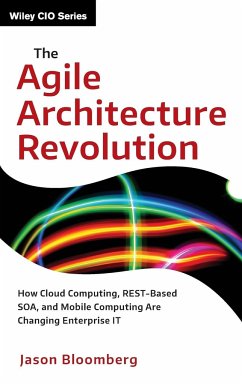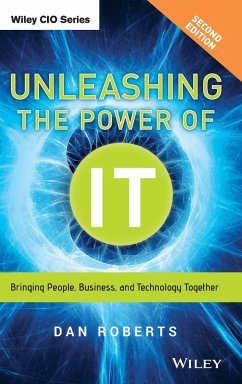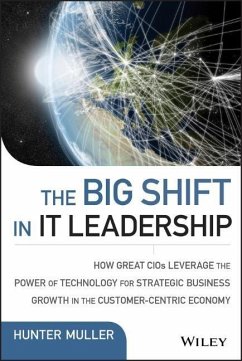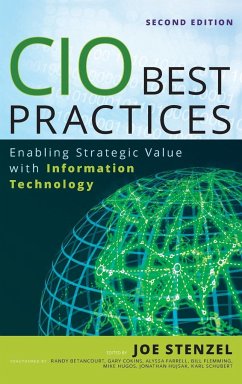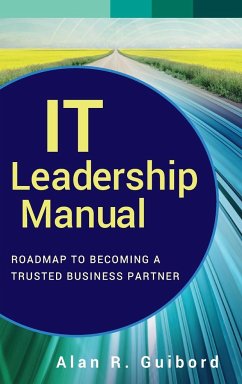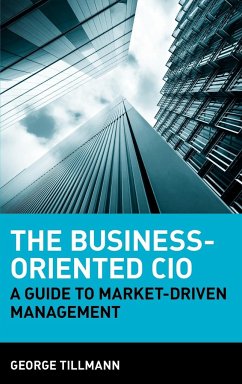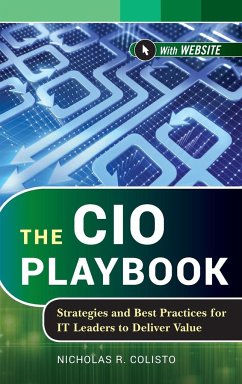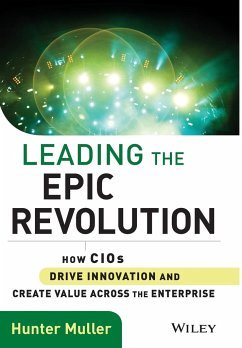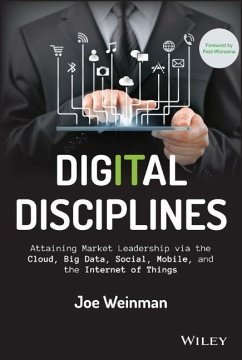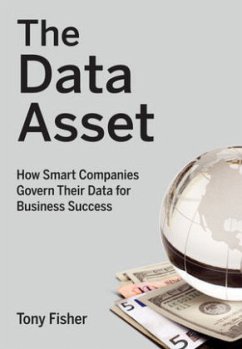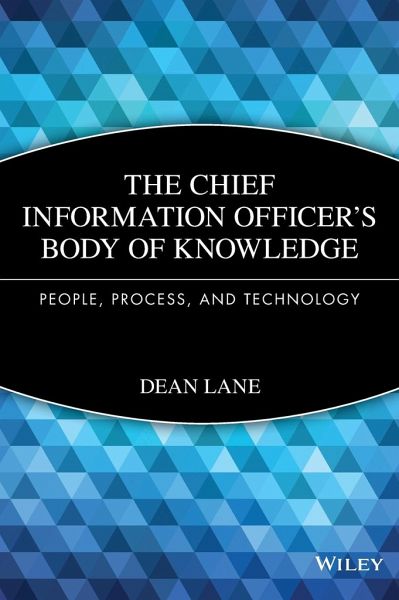
The Chief Information Officer's Body of Knowledge
People, Process, and Technology
Versandkostenfrei!
Versandfertig in über 4 Wochen
71,99 €
inkl. MwSt.
Weitere Ausgaben:

PAYBACK Punkte
36 °P sammeln!
Down to earth, real answers on how to manage technology--from renowned IT leadersFilled with over thirty contributions from practitioners who handle both the day-to-day and longer term challenges that Information Technology (IT) departments and their parent businesses face, this hands-on, practical IT desk reference is written in lay terms for business people and IT personnel alike. Without jargon and lofty theories, this resource will help you assist your organization in addressing project risks in a global and interconnected world.Provides guidance on how business people and IT can work toge...
Down to earth, real answers on how to manage technology--from renowned IT leaders
Filled with over thirty contributions from practitioners who handle both the day-to-day and longer term challenges that Information Technology (IT) departments and their parent businesses face, this hands-on, practical IT desk reference is written in lay terms for business people and IT personnel alike. Without jargon and lofty theories, this resource will help you assist your organization in addressing project risks in a global and interconnected world.
Provides guidance on how business people and IT can work together to maximize business value
Insights from more than thirty leading IT experts
Commonsense, rational solutions for issues such as managing outsourcing relationships and operating IT as a business
Offering solutions for many of the problems CIOs face, this unique book addresses the Chief Information Officer's role in managing and running IT as a business, so the IT department may become a full strategic partner in the organization's crucial decisions.
Filled with over thirty contributions from practitioners who handle both the day-to-day and longer term challenges that Information Technology (IT) departments and their parent businesses face, this hands-on, practical IT desk reference is written in lay terms for business people and IT personnel alike. Without jargon and lofty theories, this resource will help you assist your organization in addressing project risks in a global and interconnected world.
Provides guidance on how business people and IT can work together to maximize business value
Insights from more than thirty leading IT experts
Commonsense, rational solutions for issues such as managing outsourcing relationships and operating IT as a business
Offering solutions for many of the problems CIOs face, this unique book addresses the Chief Information Officer's role in managing and running IT as a business, so the IT department may become a full strategic partner in the organization's crucial decisions.




